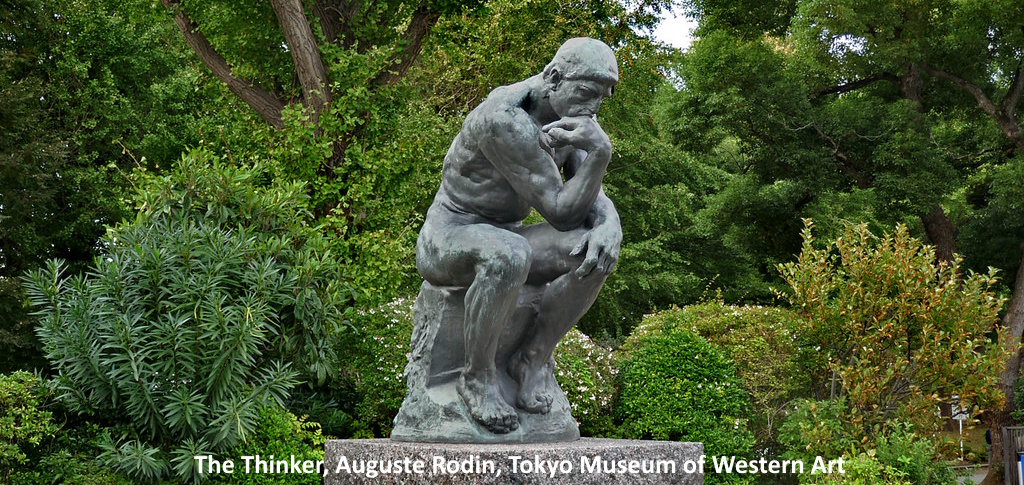Thinking is the hardest work there is, which is the probable reason why so few engage in it. – Henry Ford, SF Chronicle 1928
What do chief investment officers actually do for a living? Most board members, executives, reporters, the public, apparently have no idea. So, here’s our learned take after decades recruiting them.
The number one job of a chief investment officer is to protect the money their patron spent a lifetime accumulating. Job two is to construct and implement a portfolio that will compound at seven to ten percent a year for the rest of eternity. Job three is to keep jobs one and two from going off the rails.
A True Story
Here’s an example of what can go wrong, a true story. I sat in on a college board meeting a few years ago at the invitation of the CIO who would soon retire. This CIO had managed not long before to wangle a modest initial allocation to Sequoia Capital, one of Silicon Valley’s seminal venture capital firms.
The CIO had produced excellent performance over his tenure, and he looked at the Sequoia investment as a parting gift to the school, and proudly mentioned it at the board meeting.
This, unfortunately, did not sit well with the new board chairperson, a trial lawyer, who knew and cared nothing about institutional investing, venture capital, or diversified portfolios, but a lot about how to lean on witnesses and win an argument.
“Why would you waste your time on a piddling investment like that? I think we [the board] should agree that no investment will be made in the future for under three million dollars.”
The CIO looked at me, my cue to speak up, and I told the members about persistence in VC performance and Peter Thiel’s five-hundred-thousand dollar bet on Facebook, which reportedly returned about a billion to Mr. Thiel.
“That’s like saying if someone had invested in Apple in the beginning they’d be rich today,” replied the chairperson. And that was that. The board acquiesced, the resolution passed, and the CIO’s best intentions took an unexpected turn.
There is an interesting postscript, however. A year or so later the board majority decided to outsource the portfolio and do an end run around the chairperson whom, they decided, was too much at odds with the rest of the members to pursue a coherent investment policy.
The Tao of Investing
True investment professionals develop a discipline that rivals any Olympic athlete: the ability to temper their emotions, place well researched bets, and hold fast come rain or shine.
Portfolio construction and sitting tight may not be as exciting as buying a sports team, building office towers, or striking oil, but over the long haul, diversification and compounding win most races.
Jon Hirtle, executive chairman of Hirtle Callaghan, describes investing this way. “Serious investing is about consistency, and serious investors position their portfolios to succeed in a highly uncertain future.”
Warren Buffett views investing as a journey, always engaging, never certain. “Over time, it takes just a few winners to work wonders. And, yes, it helps to start early and live into your 90s as well.”
And Larry Fink, CEO of BlackRock, points to “a consistent voice, a clear purpose, a coherent strategy, and a long-term view,” as hallmarks of superior leadership, qualities that shine in top-ranked chief investment officers.
Watching Paint Dry
Here’s the conundrum. Chief investment officers champion the power of patience and compounding but the herd thirsts for excitement and fears missing out.
Most stakeholders – pensioners, students, faculty, foundation beneficiaries, charity recipients, board members – care more about today’s headlines and the next budget or grant cycle than what might happen fifty years down the road.
Watching grass grow or paint dry, as Paul Samuelson characterized sound investing, has never been an easy sell. Those adrenaline-inducing animal spirits run deep in all of us.
The press parks CIOs in the same pen as hedge fund mavericks and river boat gamblers. But CIOs tell us they feel more like “Radar O’Reilly” in the TV series M*A*S*H, the clerk no one paid attention to yet quietly kept the “Mobile Army Surgical Hospital” supplied and mission ready.
Let’s face it, to all but other institutional investment professionals, the work of chief investment officers will probably forever remain a mystery: like that fabled Ford Motor Company employee Henry Ford’s efficiency expert never understood and purportedly wanted to fire, the one with his feet always up on the desk.
Mr. Ford, however, did understand, and kept him on the payroll because, as the story goes, “That man once had an idea that saved me a million dollars. When he got it, his feet were right where they are now.”

